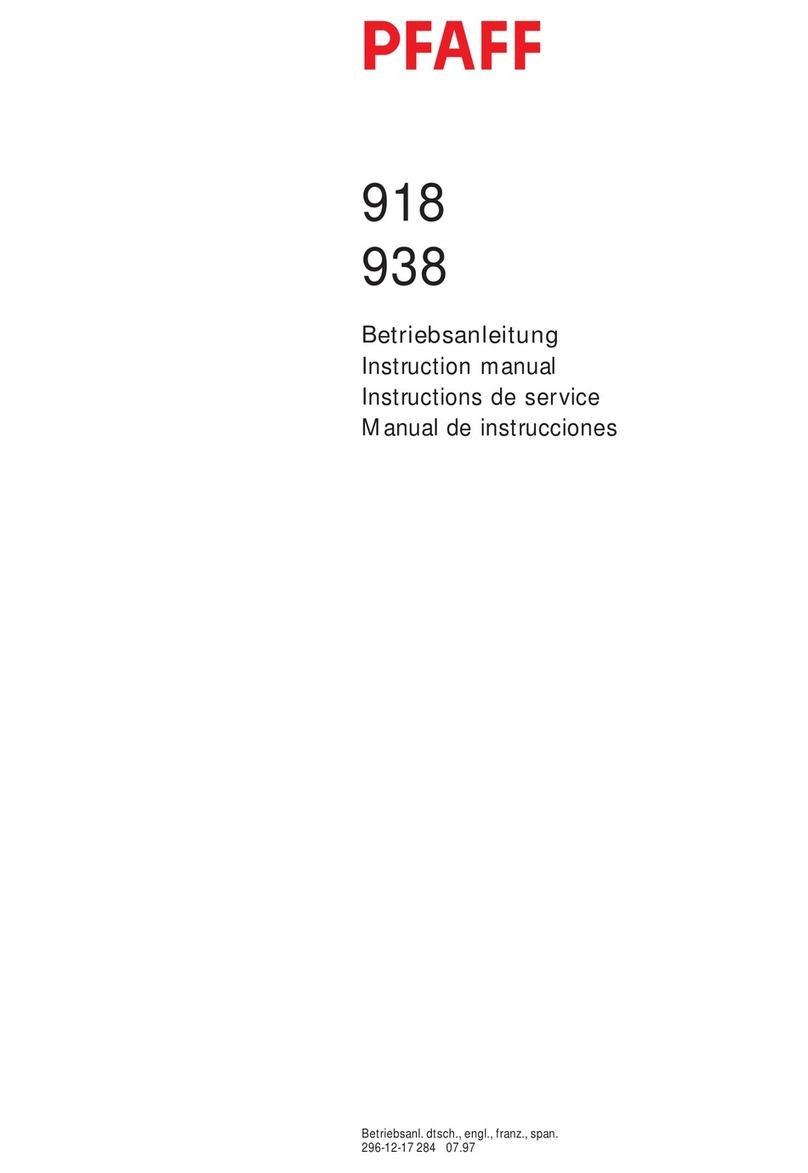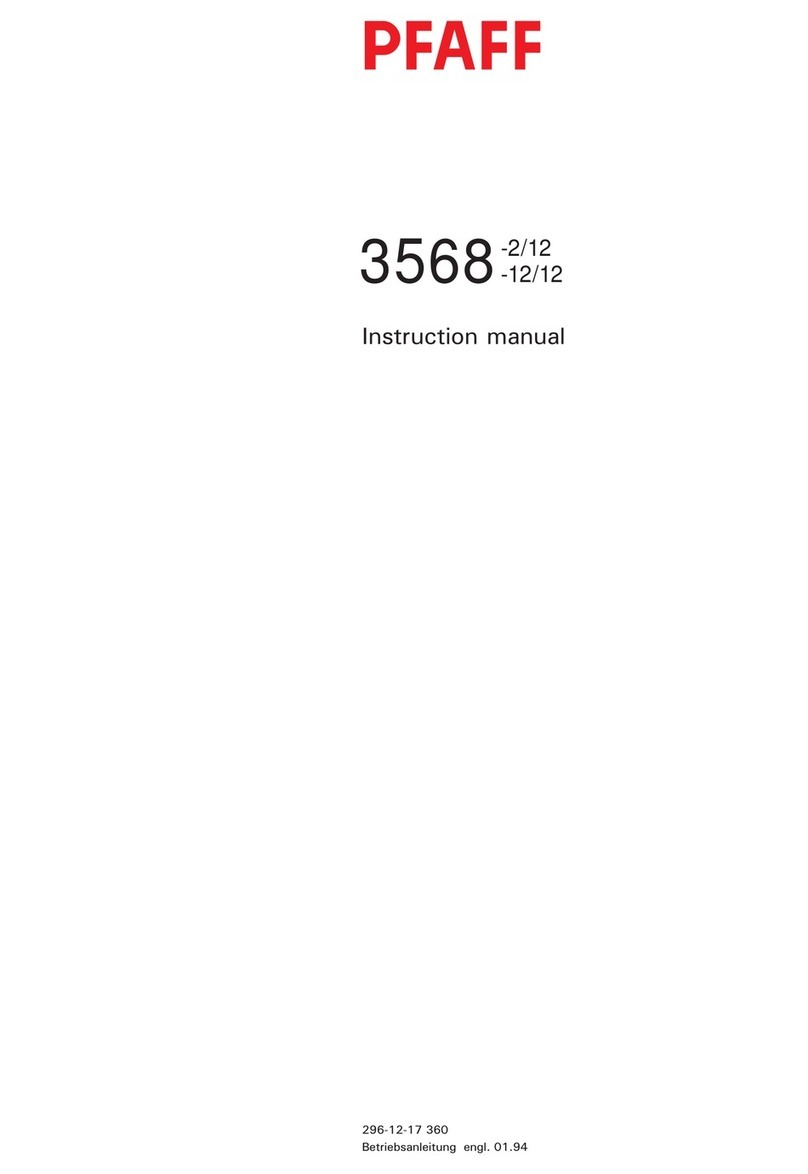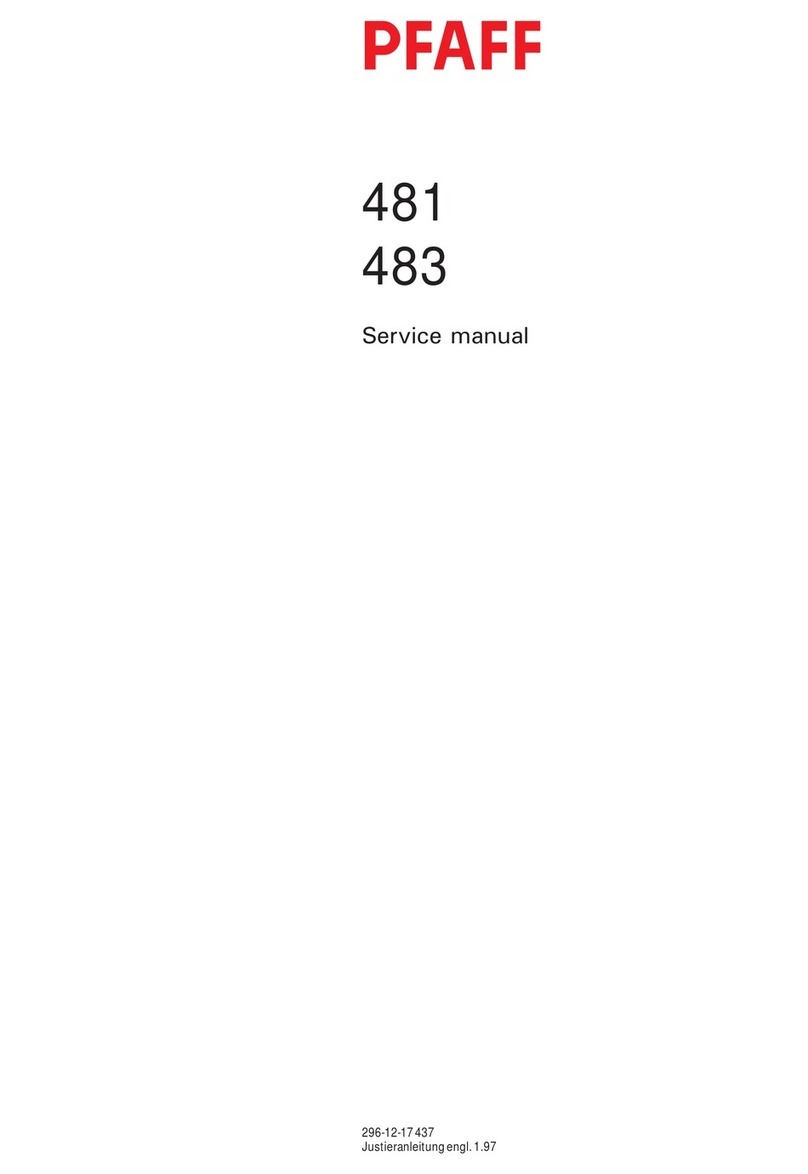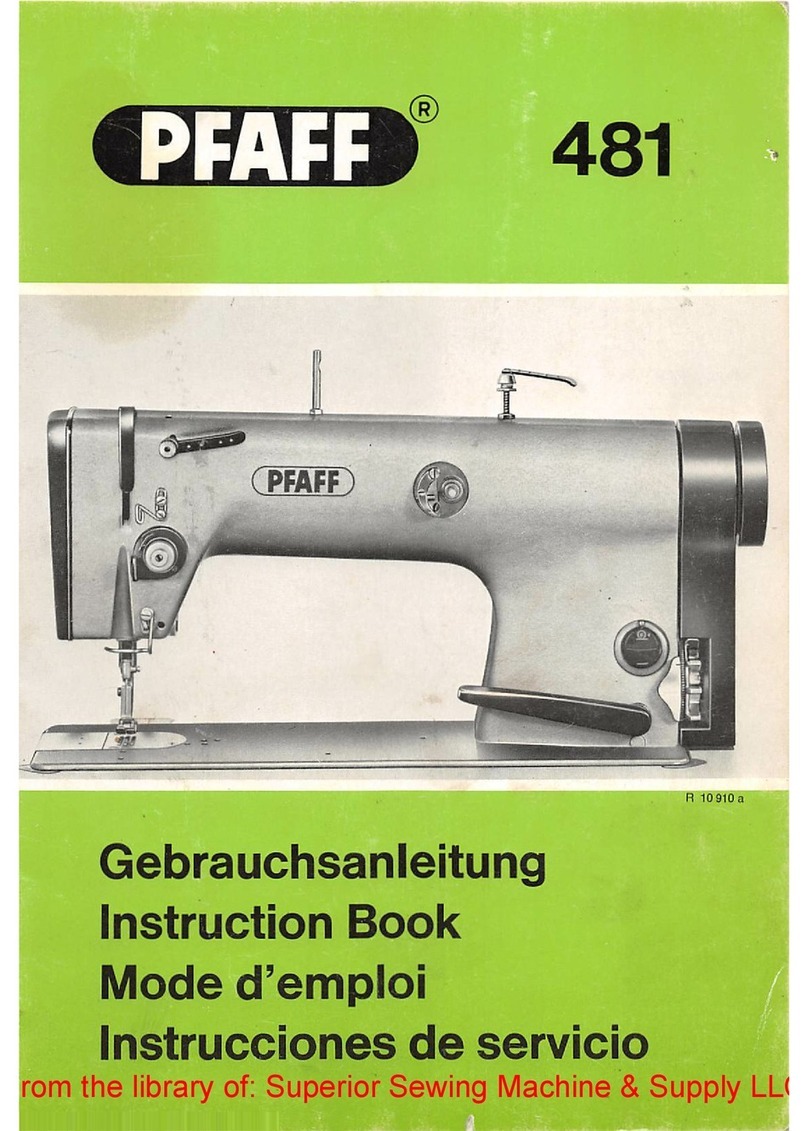Pfaff Hobbylock 4860 User manual
Other Pfaff Sewing Machine manuals

Pfaff
Pfaff 125 User manual
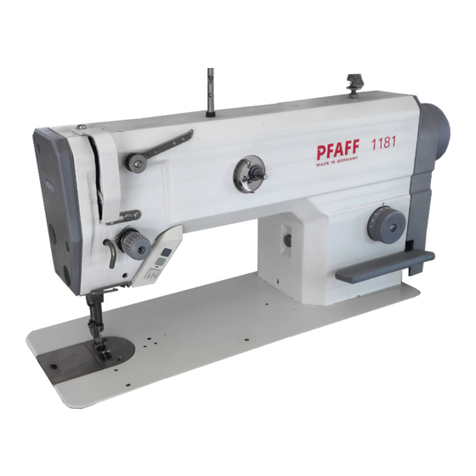
Pfaff
Pfaff 1181 User manual
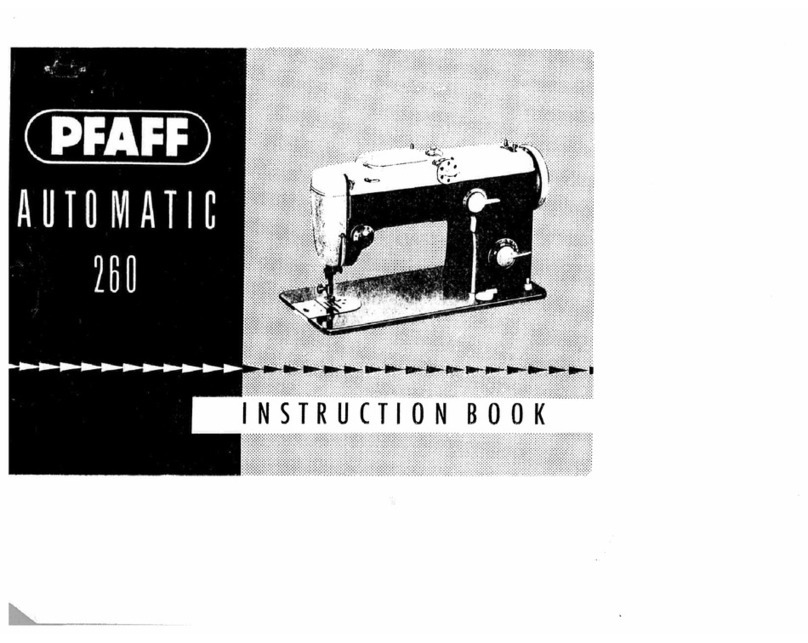
Pfaff
Pfaff Automatic 260 User manual
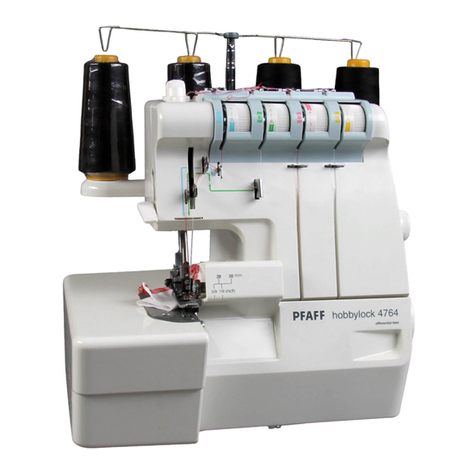
Pfaff
Pfaff hobbylock 4764 User manual
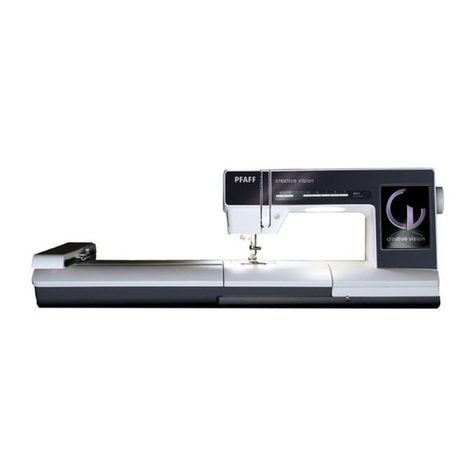
Pfaff
Pfaff Creative Vision User manual
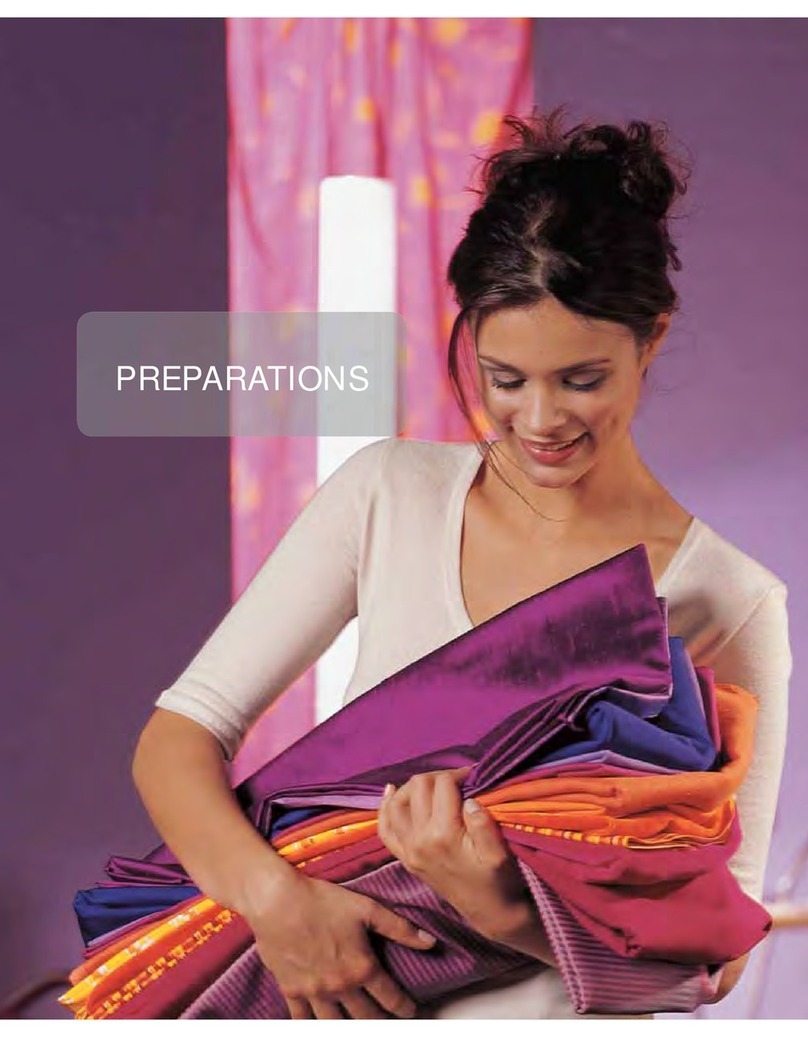
Pfaff
Pfaff CREATIVE 2170 PREPARATIONS User manual
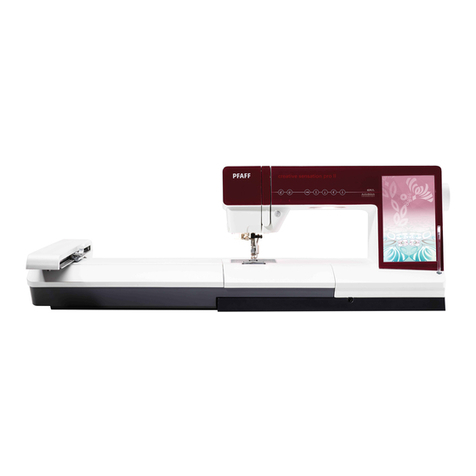
Pfaff
Pfaff creative sensation pro II User manual
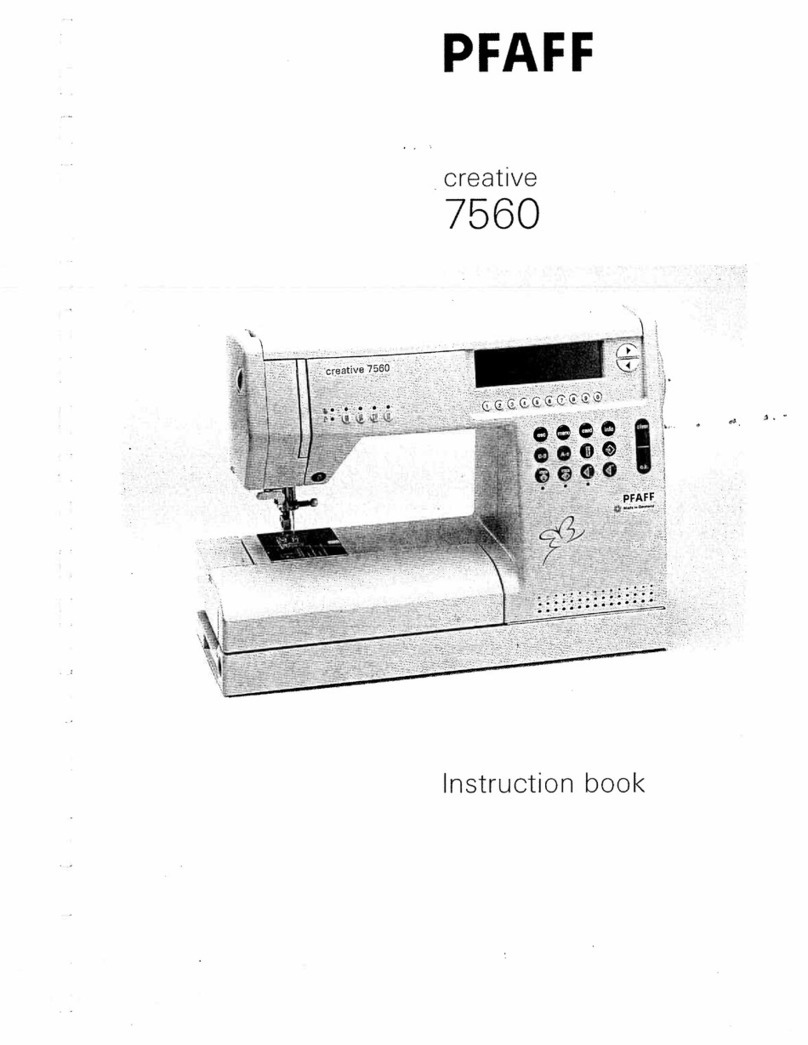
Pfaff
Pfaff creative 7560 User manual
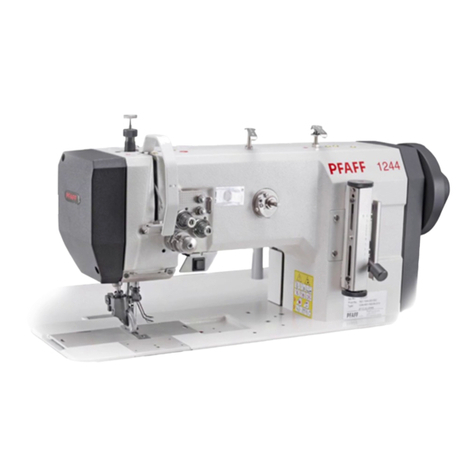
Pfaff
Pfaff 242 User manual
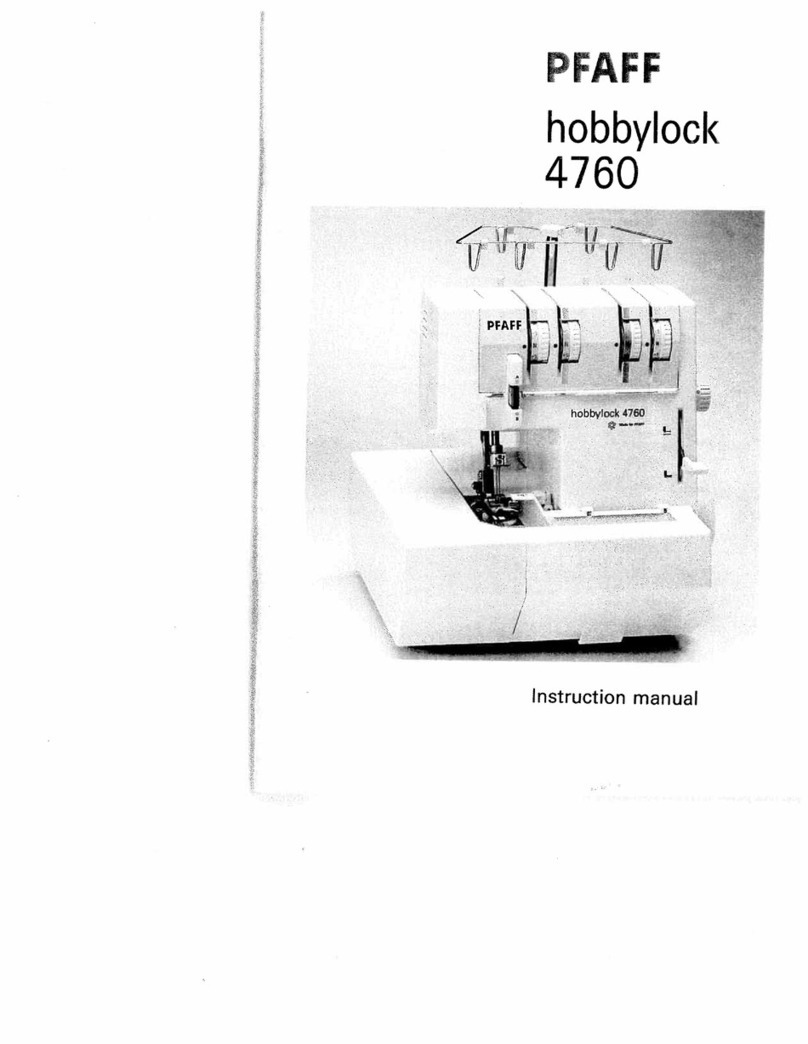
Pfaff
Pfaff hobbylock 4760 User manual
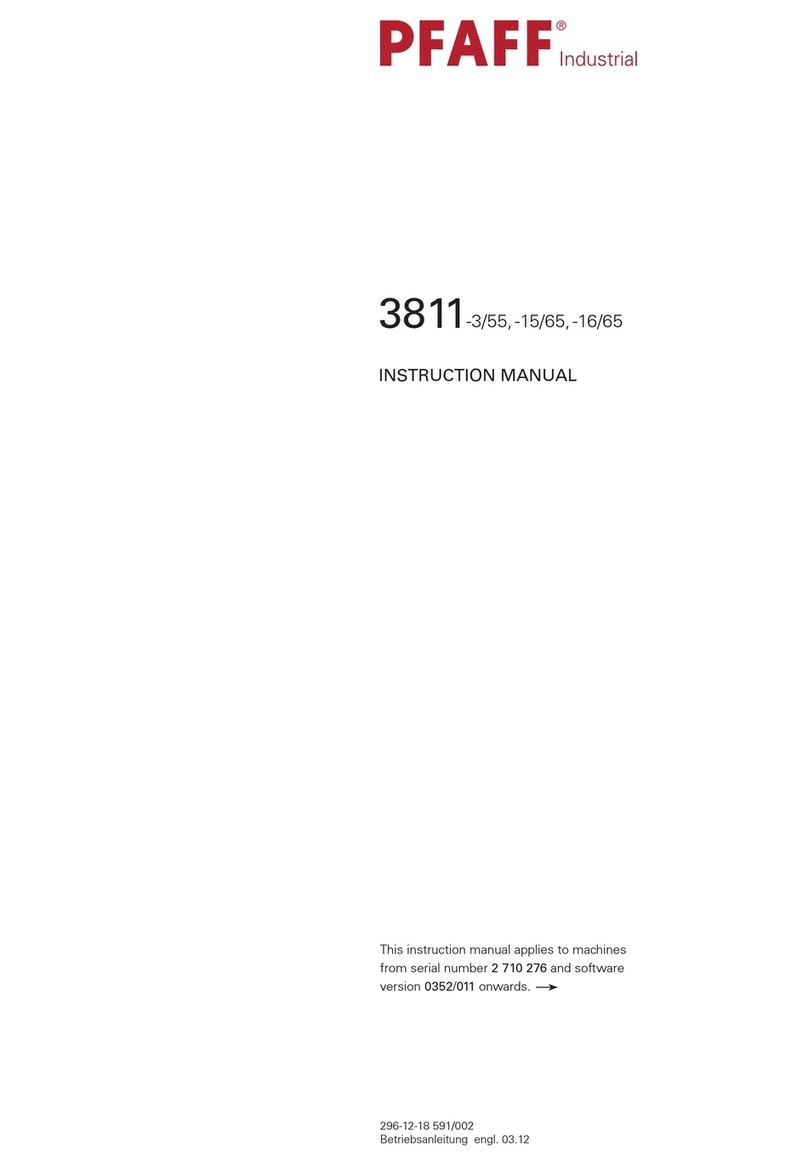
Pfaff
Pfaff 3811-3/55 User manual
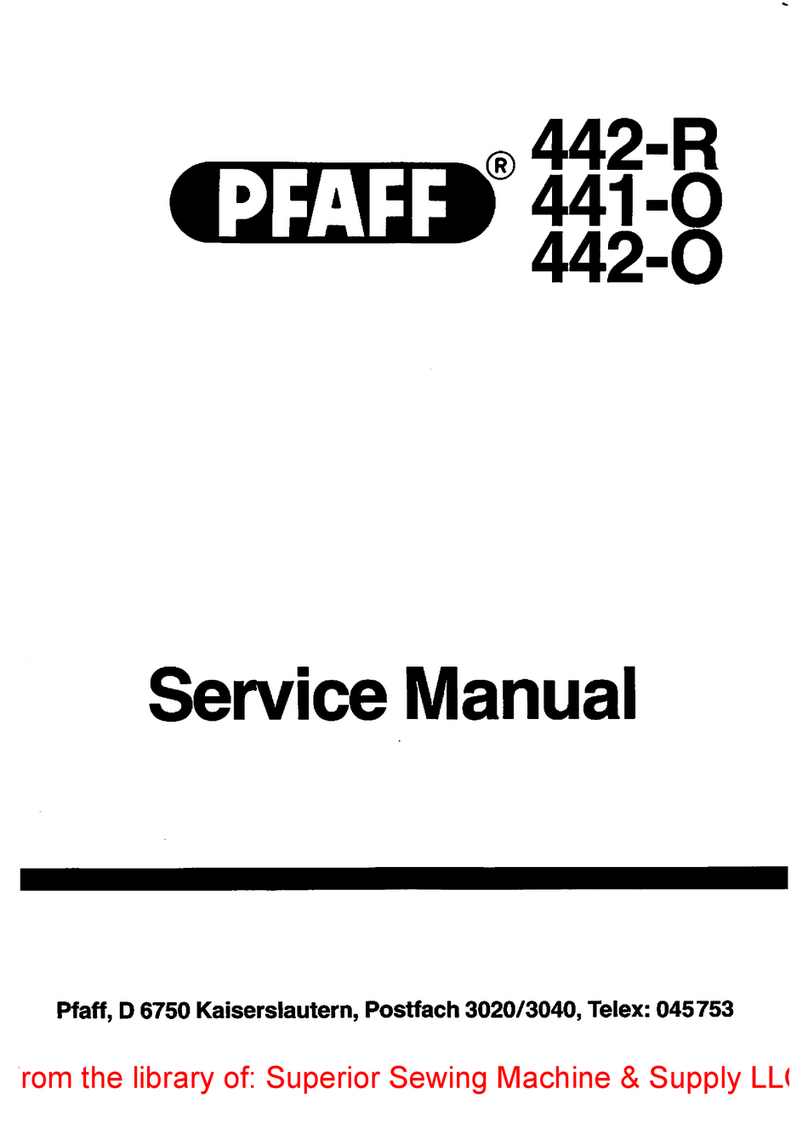
Pfaff
Pfaff 441-O User manual
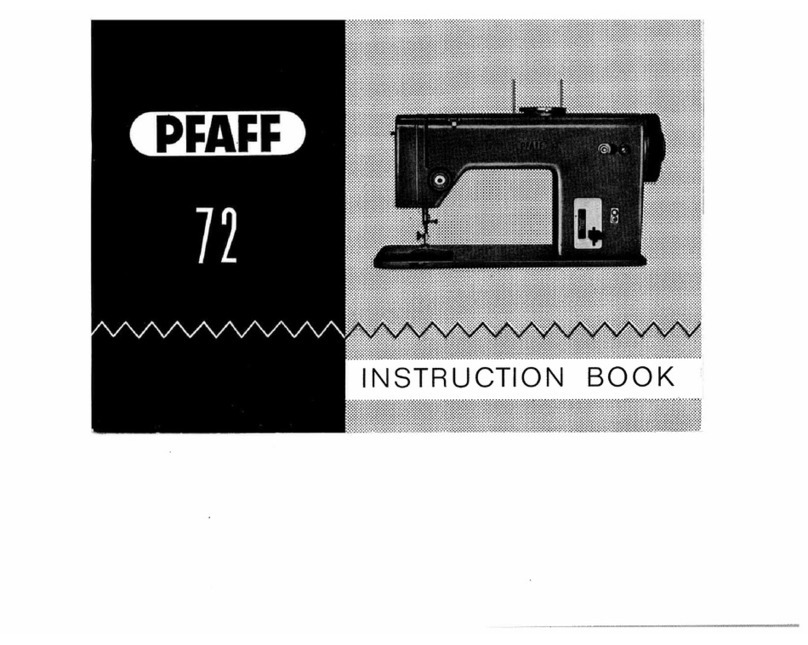
Pfaff
Pfaff dorina 72 User manual
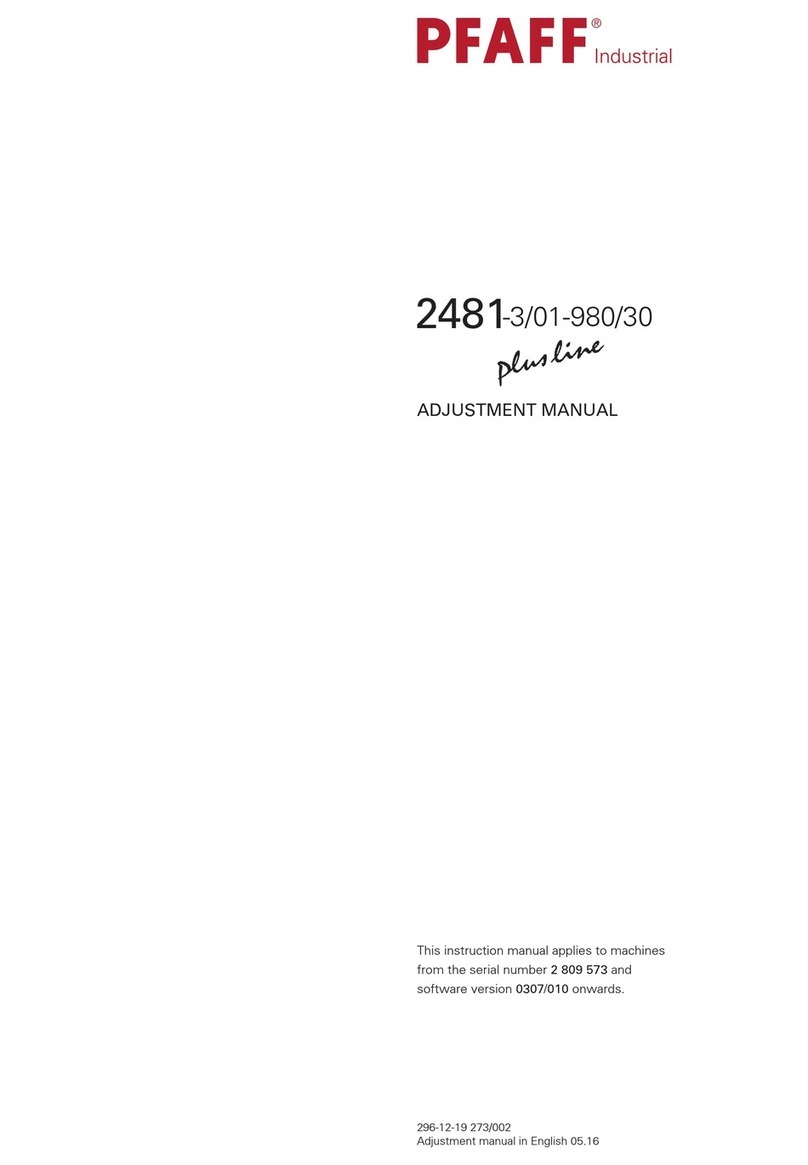
Pfaff
Pfaff 2481-980/30 PLUSLINE Guide
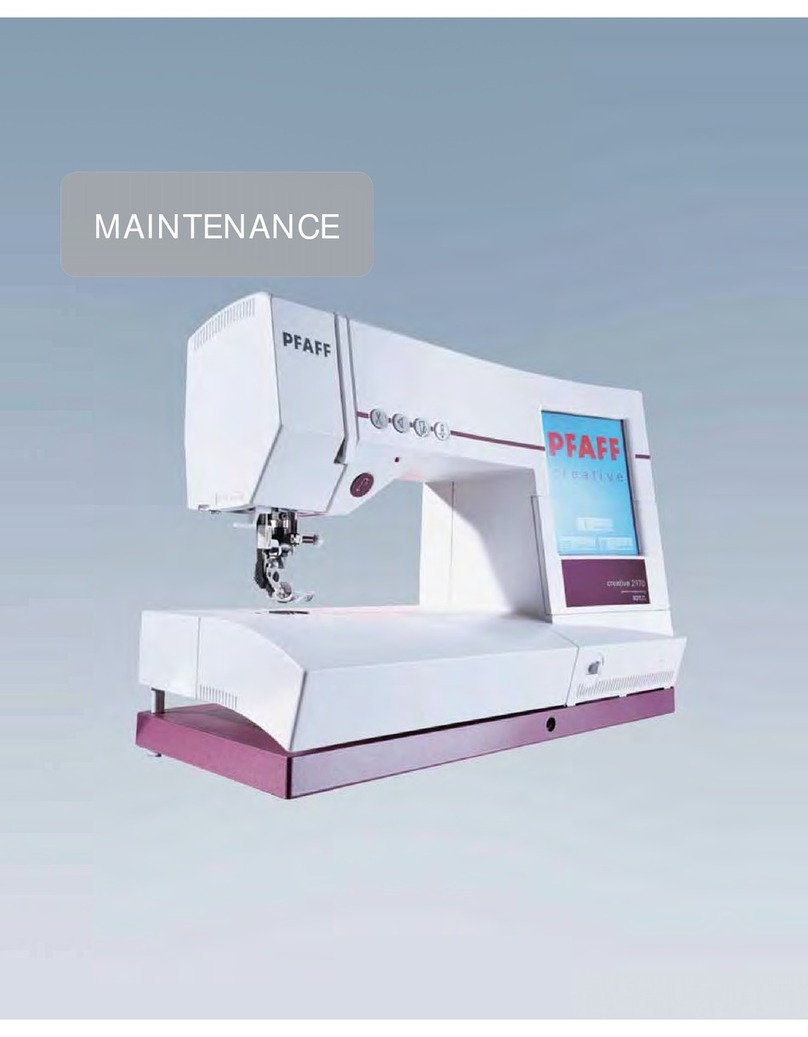
Pfaff
Pfaff creative 2170 Guide
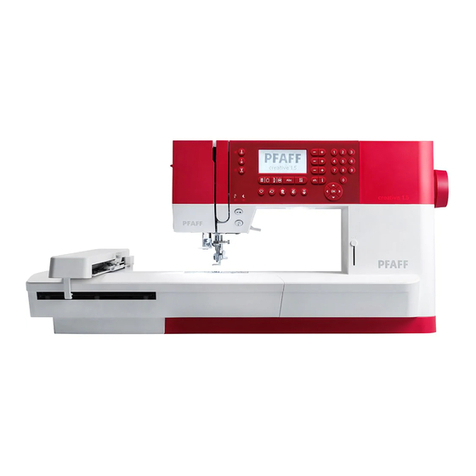
Pfaff
Pfaff creative 1.5 User manual
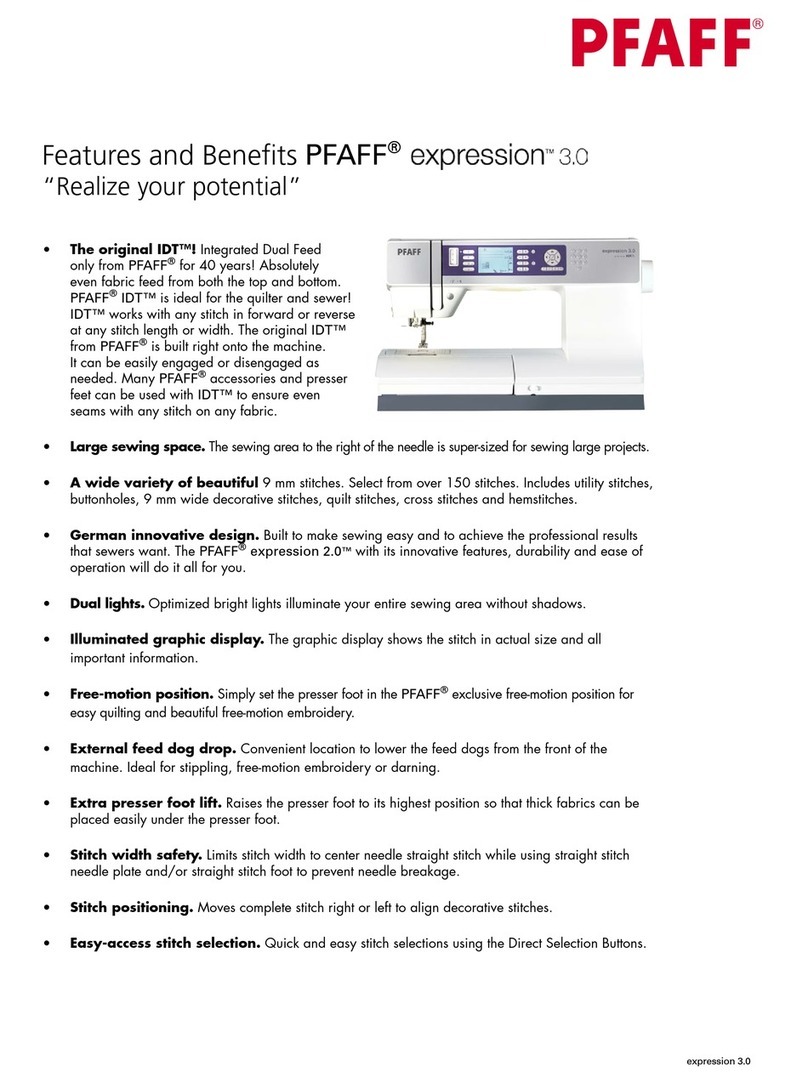
Pfaff
Pfaff Expression 3.0 User manual
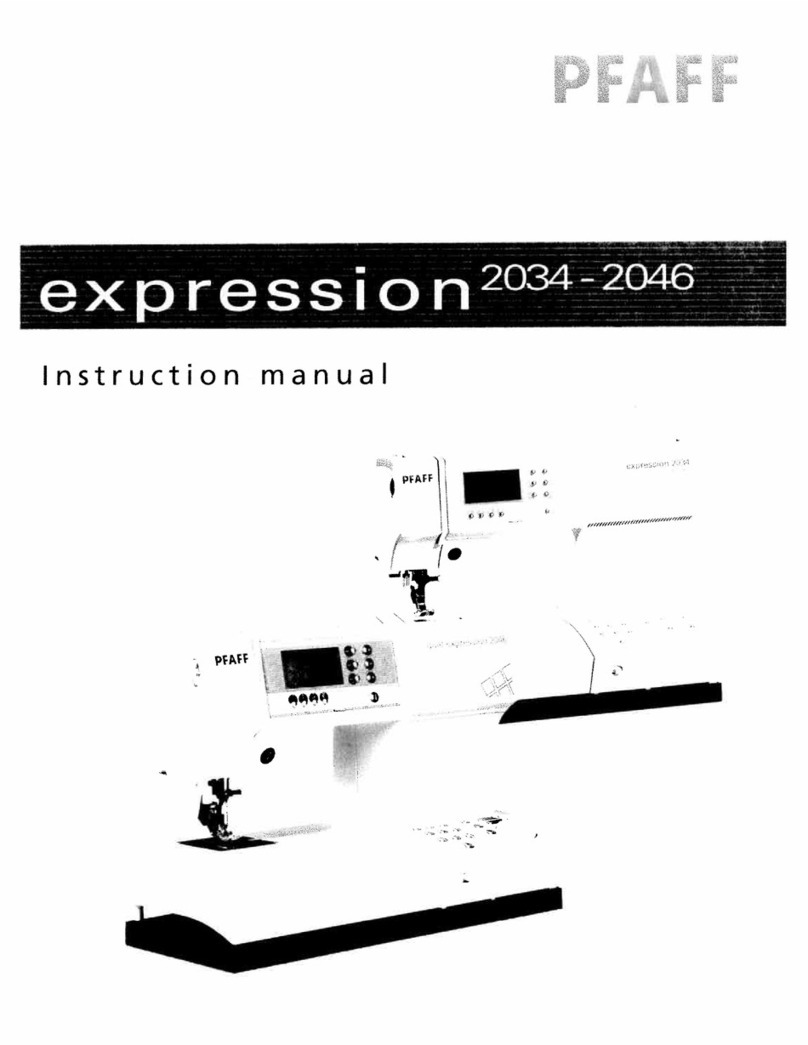
Pfaff
Pfaff expression 2034 User manual
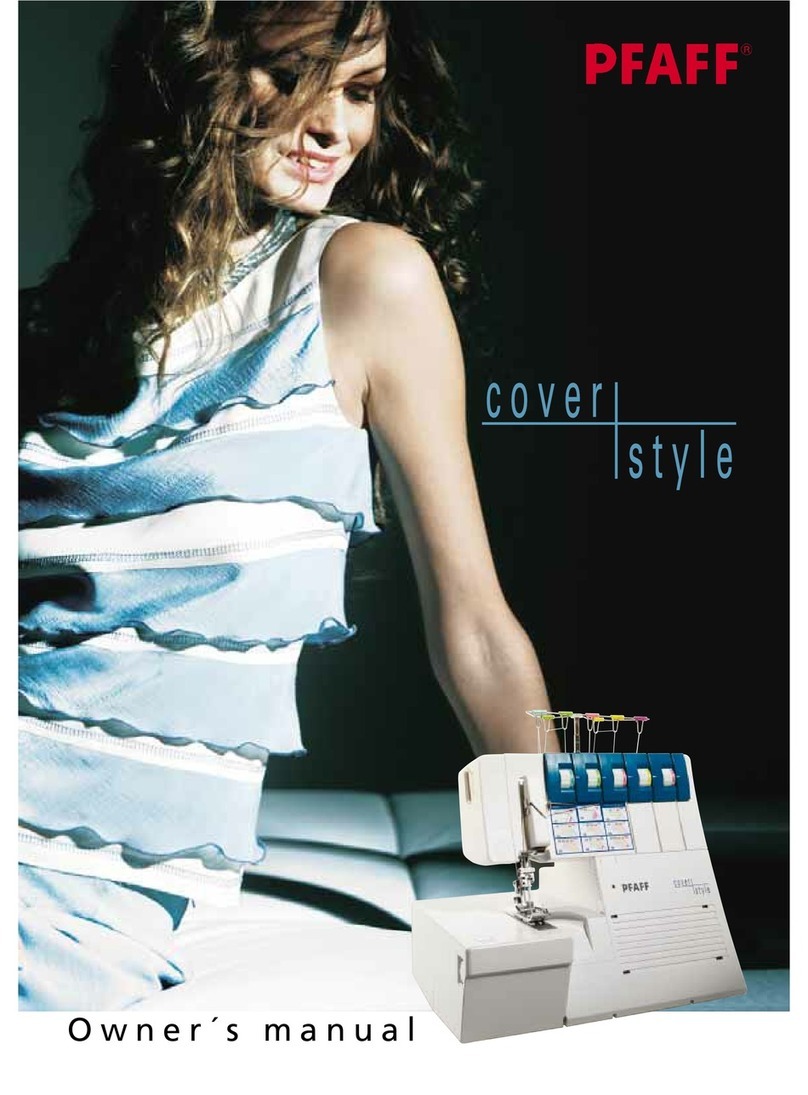
Pfaff
Pfaff Coverstyle User manual
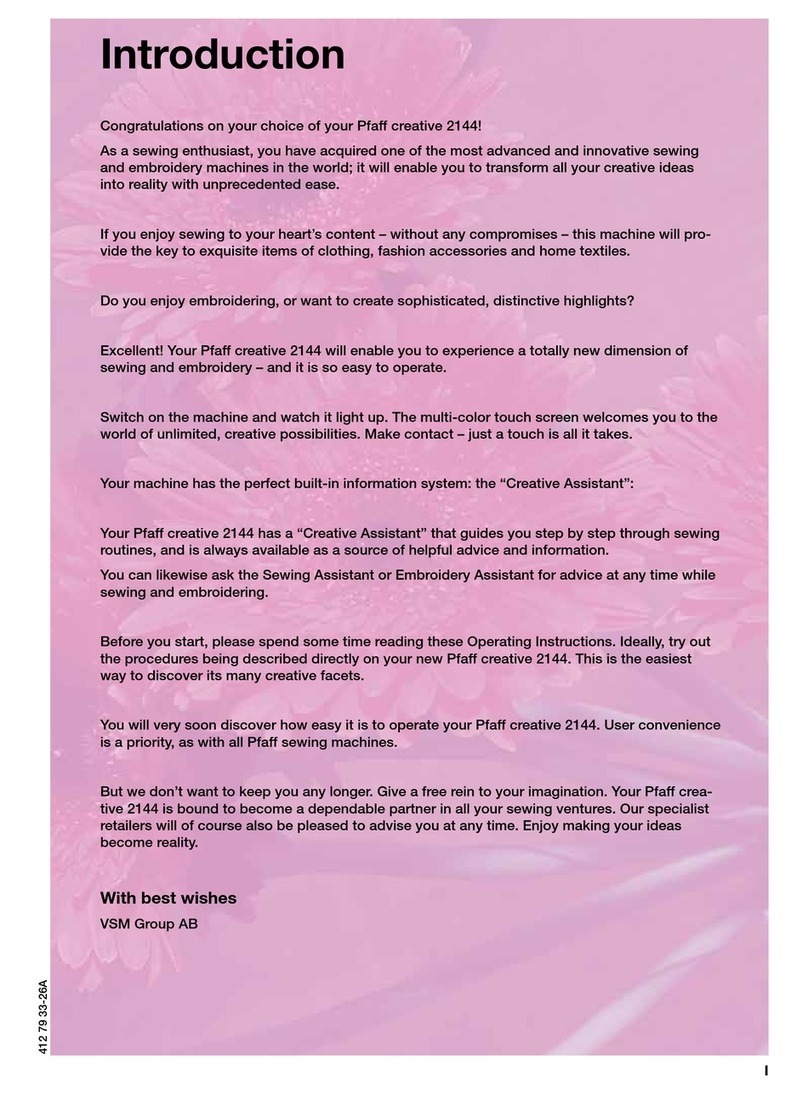
Pfaff
Pfaff 2144 User manual
